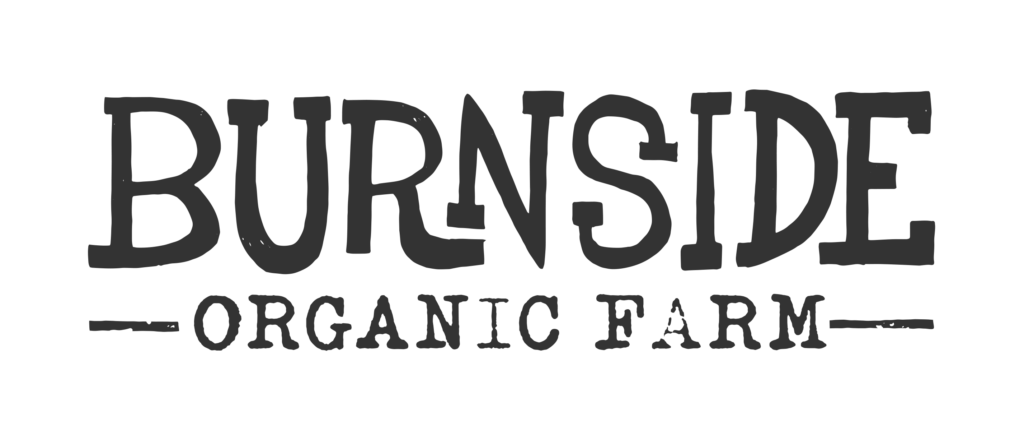Recipe
My Polish Grandmother Anna gave me the gift of growing and fermenting. In Poland, she lived on a small farm. These recipes were essential summer traditions to help preserve the harvest without refrigeration. When she migrated to Australia she kept up this tradition her entire life. I now keep up the tradition and love sharing with my family.
Fermented foods are good for us as they are full of good gut bacteria. They are very tasty and help stop cravings for sweet foods. Our favourite way of eating fermented cucumbers is as part of a lunch platter with boiled eggs, slices of homemade proscuitto , cheese and fresh cucumber. Just like my Mum, Brigida loves to make.

This is a traditional natural lacto bacilli ferment. The brine causes the cucumbers to start fermenting and preserves the cucumbers. Different vegetables need different ratios of brine. Cucumbers are watery so they will increase the moisture in your ferment and so they need this higher level. The correct ratio is essential for a perfect ferment.
Ingredients
- Bumpy skin cucumbers. Small sizes better to fit in jars.
- Garlic
- Dill seeds (and stalks) Pour boiling water over them in a seive.
- Sea Salt
- Rainwater or filtered or boiled water (no chlorine)
- Glass jars and small ceramic bowls to fit in the top of of jars. Anna used smooth stones.
- Optional extras – Oak leaves, carrots. Pour boiling water over oak leaves. Peel carrot and cut into small pencil sizes.
Method
Wash jars well or place in dishwasher. Pour boiling water in them, including the lids, and drain. They need to be clean, as you would expect, but as ferments are a natural process, they are forgiving too. It’s like organic wine making. Natural yeasts start the ferment.
Make a 5% brine solution. ie 50g of salt per 1 litre of water. Or as Nana Anna did -3 level tablespoons of salt dissolved in 1 litre. Cooled. Can add boiling water, stir, dissolve then add cold water to your desired level. I usually estimate how much I will need and make in large glass jars in advance.
For a 500ml jar I would add 3 cloves of crushed garlic with a teaspoon of dill seeds and stalks if using. Arrange cucumbers in the jar. Sometimes I cut larger ones in pieces (see picture above). It is not ideal but I just eat these ones first. They will ferment faster.
Add 2 oak leaves, if using. They add tannin to the ferment and give the cucumbers keeping qualities. Helping the cucumbers to stay firmer. Add carrots is using. The carrots also add tannins and are delicious fermented.
Pour the cooled brine over the cucumbers leaving 2 cm. I then find a tiny ceramic bowl to place on top (sterlised) to keep the cucumbers under the brine. The process is anaerobic and all the cucumbers need to be completely covered with brine. Add more brine so there is no air. Place lid on jar. After 2 days the ferment will start getting active. It usually takes 7-10 days to complete in warm weather. Any exposed cucumbers may go mouldy so do check most days that cucumbers completely under the brine. This is just lacto bacilli, a safe mould. It can compromise the quality of the ferment.
The ferment will become quite active and cloudy. The cucumbers will go a dull green. The ferment is ready when you can see the change right through the whole cucumber inside. It’s perfectly fine to eat or try early. These are called half pickles, if not fully fermented. Still very tasty but will not last as long.
When you are happy the ferment is ready you can take out the small dish on top and store the jar in the fridge. They will last about a year but are so tasty they are unlikely to last that long. You can use fermented brine as a drink or in salad dressings.
Enjoy! Please share and let me know how you go.
Do widzenia
Lara
